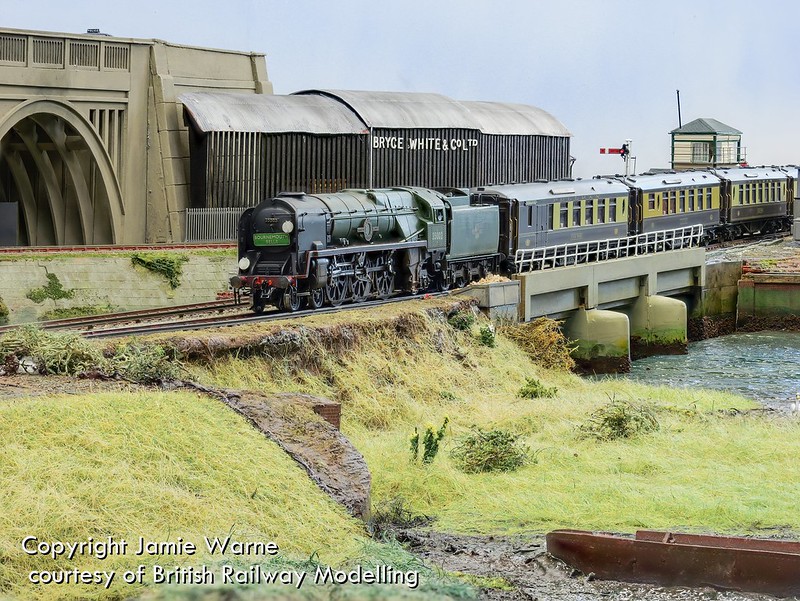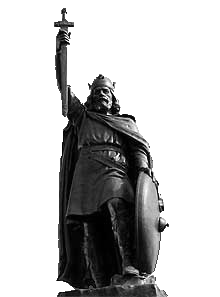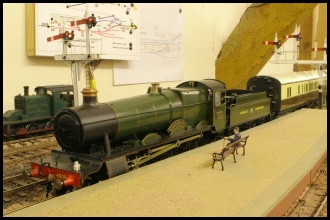| h t t p : / / w w w. w i n c h e s t e r r a i l w a y m o d e l l e r s . c o . u k / |
   |
| h t t p : / / w w w. w i n c h e s t e r r a i l w a y m o d e l l e r s . c o . u k / |
| home about layouts chairman's chatter programme exhibition diary gallery contact links |
| LAYOUTS - Holcombe Brook |
|
The Holcombe Brook Branch From the moors north of Bury, Holcombe Brook flows south to
join the river Irwell at Summerseat. The
pure water of the brook made it ideal for the textile finishing industries, and
so there sprang up numerous bleaching, dyeing and printing works in and around
Holcombe and the surrounding villages. To serve these businesses a 3½ mile
branch was built from the East Lancashire Railway to the village of Holcombe
Brook. The line opened in 1882. It was absorbed into the Lancashire and Yorkshire
Railway in 1888. My model represents the
terminus of this branch line as it appeared in the early part of the 20th
century. The track plan above shows the
station layout. My model follows this
plan with one exception: for extra operational interest I have added an engine
shed to house a station pilot. The
engine shed is based on that at nearby Burnley Manchester Road Station. All other buildings are models of the original
structures at Holcombe. Goods Operations |
| home about layouts chairman's chatter programme exhibition diary gallery contact links |
|
Content is © Copyright Winchester Railway Modellers. |